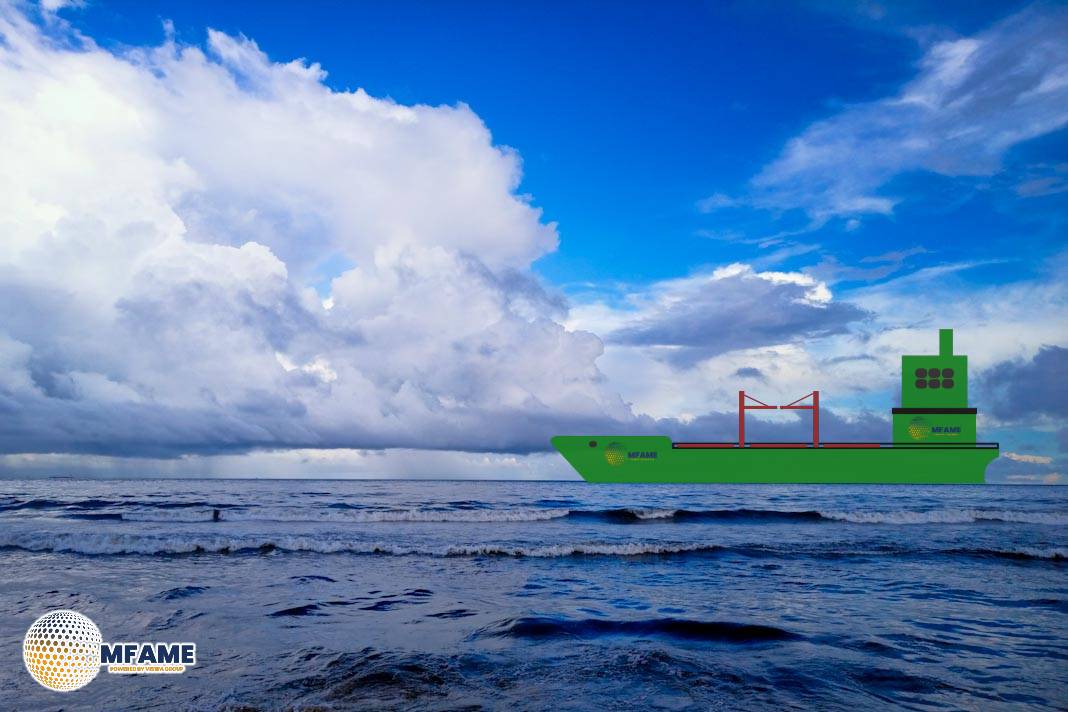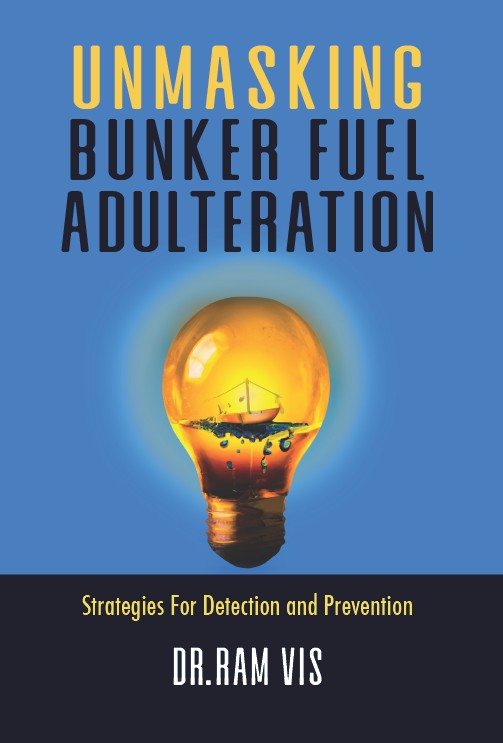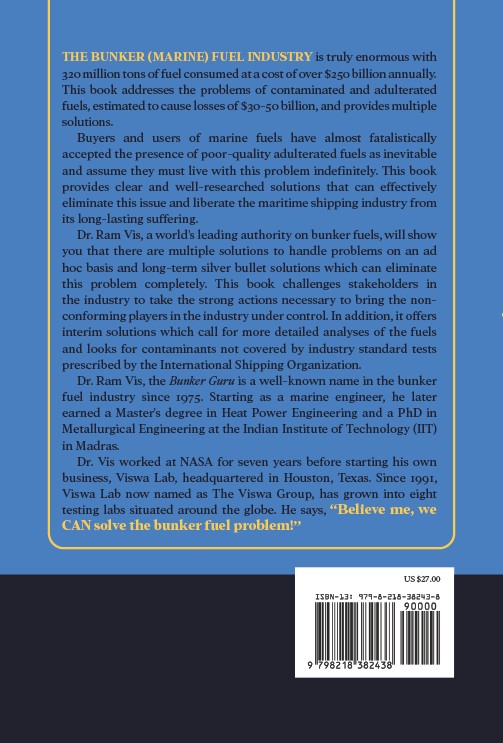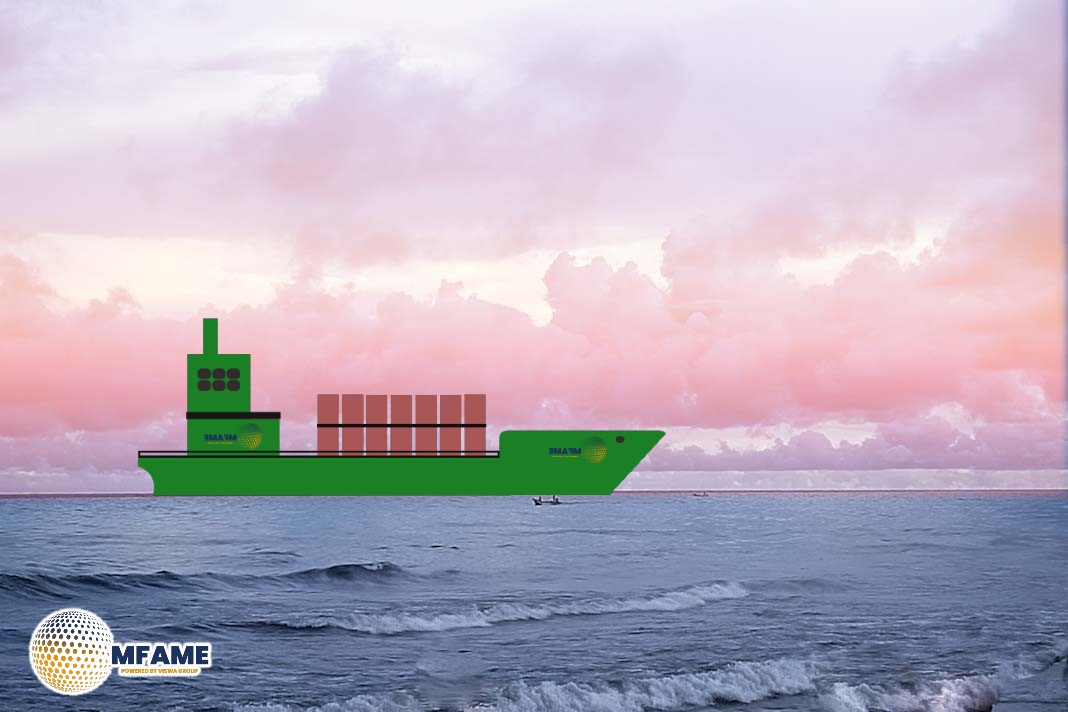- New 3D Scan Reveals Titanic’s Final Moments in Unprecedented Detail.
- Titanic Wreck Digitally Recreated Using 700,000 Images.
- Titanic Reveals New Secrets in Stunning Digital Resurrection.
A digital scan of high resolution of the Titanic has provided a new and detailed glimpse of how the ill-fated ocean liner sank in 1912, claiming the lives of more than 1,500 individuals, reports Marine Insight.
First Complete 3D Model of the Titanic Wreck
Researchers developed a full-size 3D model of the Titanic wreck using more than 700,000 images. It is the first time that the whole ship, which lies 3,800 meters beneath the Atlantic Ocean, has been recreated digitally in this detail.
The operation was headed by deep-sea mapping firm Magellan, together with Atlantic Productions, for the National Geographic television documentary Titanic: The Digital Resurrection.
A Better Perspective on the Wreck
The scan gives a general overview of the wreck site. The bow remains upright on the ocean floor, while the stern is about 600 meters away, tangled in a mass of twisted metal. So far, underwater submersibles have provided only patchy views of the site because of its enormity and darkness at that depth.
Uncovering New Clues
Titanic analyst Parks Stephenson, who was involved in the study, said the full scan gives investigators an advantage. “Examining the ship like a crime scene, studying every part in its original place, was key to figuring out how it all happened.”
One of the most important finds is the boiler room of the ship. The scan reveals that several large boilers have become concave, indicating they were functioning when the ship sank. Furthermore, a steam valve on the stern is still open—proof that steam was still passing through the ship’s power systems. Stephenson suggests this may have been thanks to the actions of Chief Engineer Joseph Bell and his team, who worked until the end to maintain power and help passengers safely board lifeboats. “All of them died in the tragedy, but their actions helped save many lives.”
Survivor Testimonies Corroborated by Digital Evidence
Another fact—a broken porthole substantiates survivor accounts that ice flooded the ship’s cabins upon collision. The damage attests that the iceberg hit with so much force that it hurled ice into the interior.
A Digital Collision Recreated
To supplement the scan, researchers at University College London and Newcastle University built a computer model based on the ship’s original blueprints and information such as speed and direction. The model provides a new insight into how the Titanic was fatally injured.
It indicates the iceberg did not result in huge tears in the hull but several small punctures, each around an A4 sheet of paper size. The holes were distributed over six watertight compartments—two more than the ship could have handled safely. “She was built to stay afloat with four flooded compartments, but not six. This fine margin made the difference between survival and disaster.”
The Domino Effect of the Flooding
As seawater steadily entered through the small punctures, it eventually overflowed the watertight compartments, sealing the ship’s fate. Naval architecture expert Simon Benson explained: “While the holes were small, they were spread across a long stretch of the ship, allowing water to enter steadily and ultimately led to the vessel’s downfall.”
Secrets Still Hidden Beneath the Sea
Not everything about the wreck is visible parts of the lower bow are still buried under sediment, and personal items remain visible scattered about the wreck site, providing a chilling reminder of the human toll.
The Titanic, Recreated Life-Size
The scan is that precise it can be projected life-size in a warehouse, allowing experts to virtually walk beside the ship and inspect features close-up.
However, researchers caution that it will take years to decode all the information collected in the scan.“She’s only giving her stories to us little by little,” Stephenson said.
A Legacy That Lives On
The Titanic collided with the iceberg on April 15, 1912, on its first voyage from Southampton, UK to New York. Over a century later, its tale continues to unfold—this time aided by advanced technology.
Did you subscribe to our daily Newsletter?
It’s Free Click here to Subscribe!
Source: Marine Insight



















